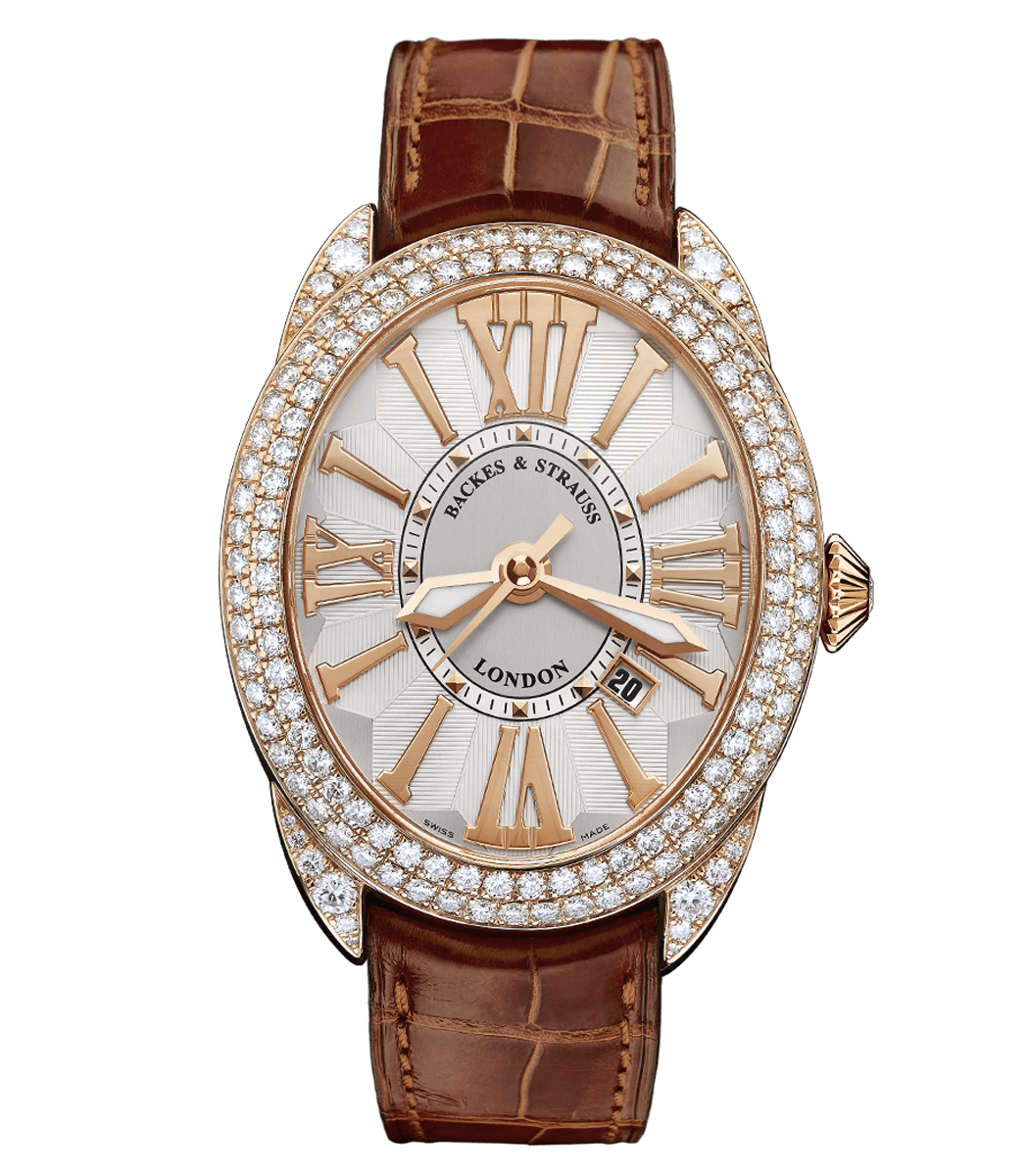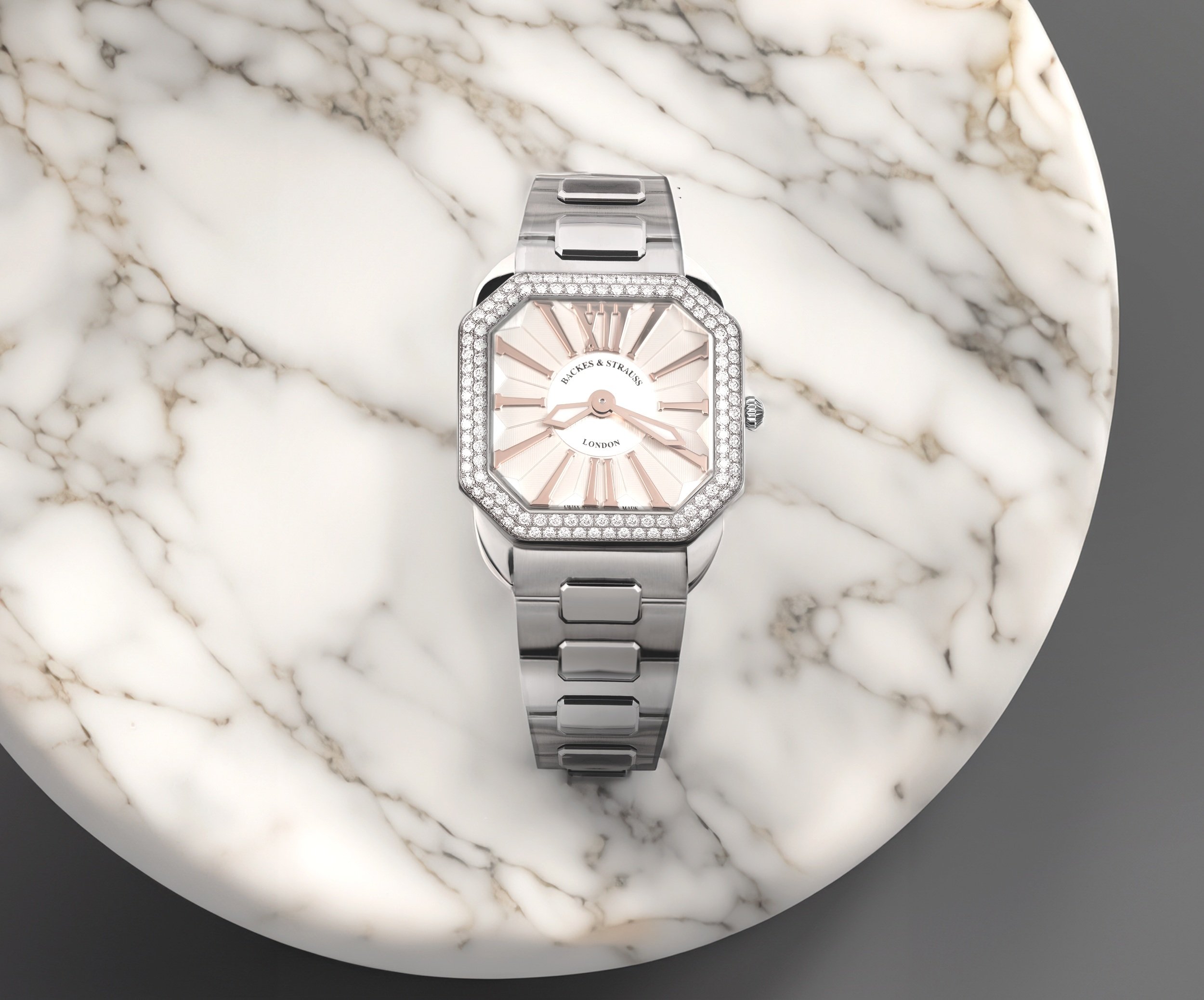Regency on the Wrist
London as the Rest of the World Imagines it
Picture the scene: George IV is Prince Regent; the British Empire is in its glorious prime and its capital is in the midst of a magnificent aesthetic renaissance. It was London as the rest of the world imagines it, with sprawling city manors and dandies peacocking along Bond Street.
Today the sun may have finally set on the empire and an entirely different George is in line for the throne (once he’s out of short shorts anyway), but the Regency architecture of the 19th century is still a part of the fabric of London. Oh, and the dandies are still around too.
John Nash's Legacy in London
Perhaps the most famous example of Regency architecture is the aptly-named Regent Street, yet the style has come to define most of Mayfair, predominantly thanks to the all-pervasive work of Mr John Nash. In case you’ve never heard of the chap, he designed Buckingham Palace. Yes, that Buckingham Palace.
His was a pioneer of the neoclassical style that Regency is most closely associated with, borrowing design philosophies from the Greeks and Romans and reinterpreting them to fit the modern aristocracy’s definition of ‘refined elegance.’ It meant plenty of fluted columns and decorated cornices.
Backes & Strauss and London
The terraces that have become most synonymous with the style (i.e. most of Fitzrovia) have their own set of characteristics: tall, thin windows with small bars, delicate ironwork balconies and simple, clean lines with the occasional rounded door. The result is the rows of rigid yet decorative houses that today command eye-watering prices, even by London standards.
The big question is, what does this all have to do with luxury diamond watches? Most of the time, not all that much; when it comes to Backes & Strauss it has everything. All you need to do is look at the names of their watches. The Berkeley and Regent aren’t exactly subtle nods to the era and the Beau Brummell Tourbillon Pocket Watch (pictured below) is named after one of those aforementioned 19th century dandies.
It's all in the Details
The most obvious reference point is the watches’ classical touches. Both use big, bold Roman numerals and a fluted crown, while the finely-decorated cornices and faux-stone stucco can be seen in the background dial texture.
Most clearly though, it’s in the lines. The strong, straight edges of the Berkeley recall its namesake square, a haven of Regency architecture whose famous trees were planted the year Backes & Strauss was founded, way back in 1789. The Regent on the other hand takes its sweeping curves from Marylebone Park, one of John Nash’s most prominent projects. Both show different sides of the Regency era’s neoclassical style, expressing the core ideas behind it; not in bricks and mortar but in exquisite diamonds and fine watchmaking.
piccadilly 37
regent 4047
berkeley 37
Sophisticated Decadence
That said, there’s another idea nestled behind Backes & Strauss’ collection that’s less subtle but just as significant: decadence. The Regency era was defined by decadence, the aristocrats of old showcasing their wealth in deliciously elaborate fashion. Well, what better way to do the same than to create watches just as suffused with sheer extravagance as sophistication?
It’s easy to look at Backes & Strauss timepieces as nothing more than a jeweller; look a little closer however and you can’t help but see them as inextricably linked with the historical magnificence of Regency London, as well as the decadence therein.




































